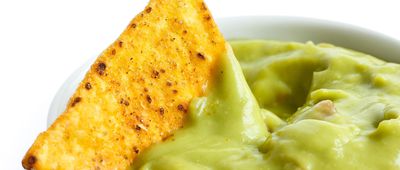An Oldie but a Goodie
Old-fashioned breakfasts hold a unique charm. These meals, often simple yet hearty, evoke a sense of nostalgia and the simpler joys in life. Perhaps they remind you of when you used to hang out in your childhood kitchen, peering over the stove or oven to see what your mom was whipping up. Or maybe they're reminiscent of family gatherings and slow, cozy mornings.
Despite their simplicity, many of these breakfast dishes are not only delicious but also offer a comforting and nutritious start to the day. Here are 12 classic breakfast dishes that we think deserve a comeback.





















